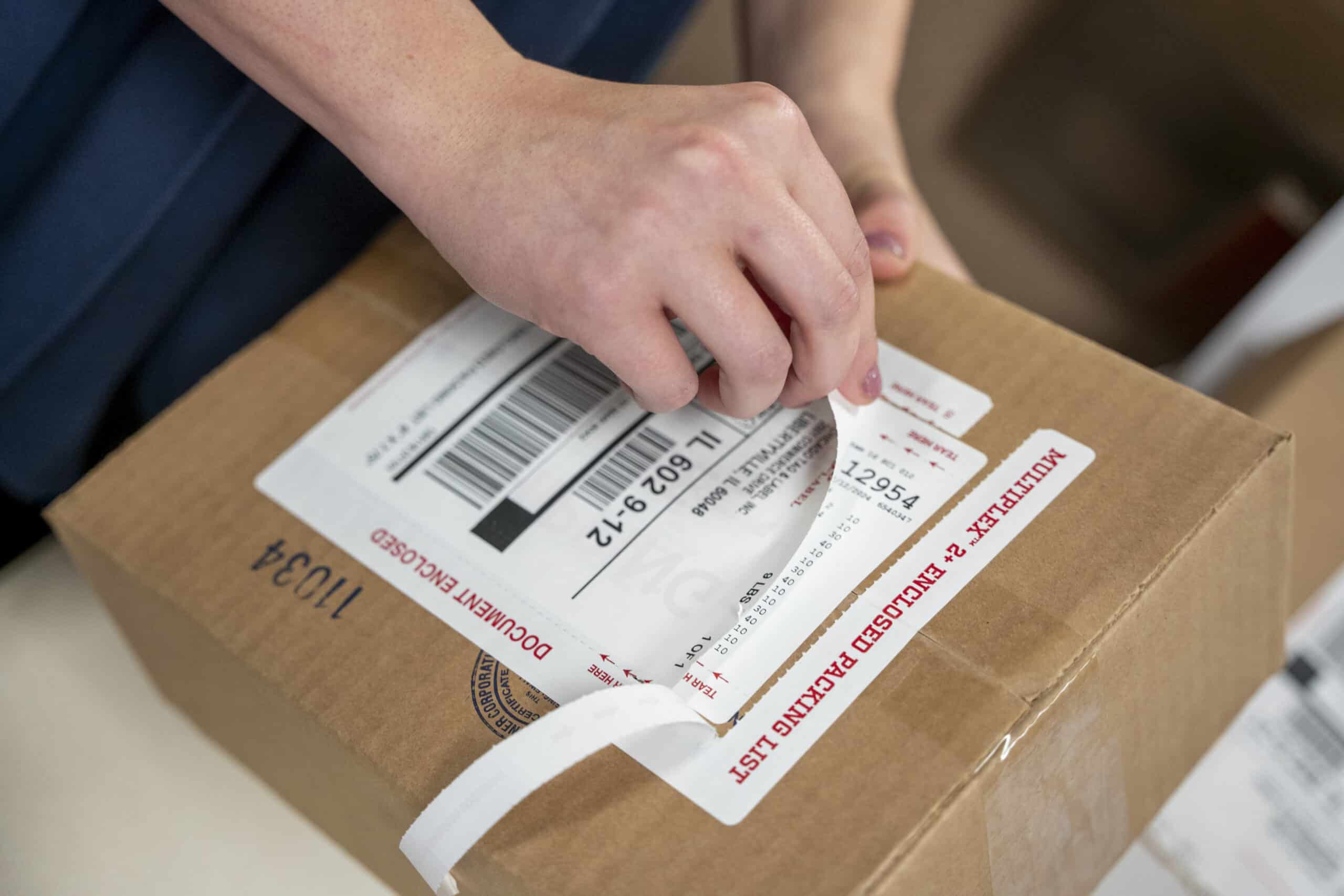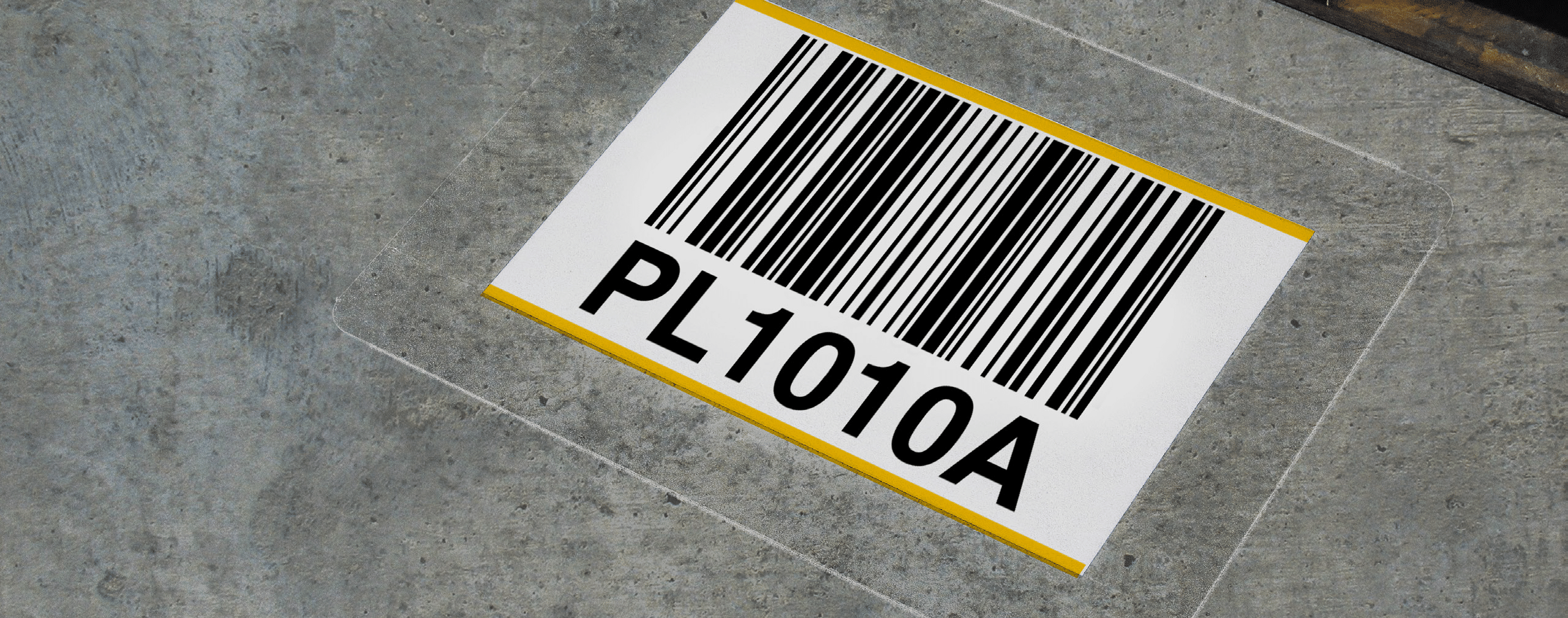Blog
-

Reduce Plastic Waste in Shipping with Chicago Tag & Label’s Multiplex™ Packing List Solutions
Read MoreIn today’s fast-paced e-commerce and logistics industries, businesses are constantly seeking ways to improve efficiency…
-

Barcode Labels: Powering the Future of Automated Warehousing
Read MoreIn today’s fast-paced warehousing industry, automation is no longer a luxury—it’s a necessity. From autonomous…
-

The Transportation Industry’s Role in Enhancing the Retail Experience: Strategies for an Effortless Return Process
Read MoreIn today’s fast-paced retail landscape, the transportation industry plays a pivotal role in shaping the…
-

Chicago Tag & Label at Home Delivery World 2025: Innovative Label Solutions for E-Commerce & Warehousing
Read MoreChicago Tag & Label is excited to exhibit at Home Delivery World 2025, the leading…
-

Chicago Tag & Label at IWLA Convention & Expo 2025: Transforming Warehousing & Fulfillment with Innovative Label Solutions
Read MoreChicago Tag & Label is thrilled to be exhibiting at the IWLA Convention & Expo…
-

How Chicago Tag & Label is Leading the Way in Sustainable Production: Reducing Material Consumption through Process Optimization
Read MoreAt Chicago Tag & Label, sustainability is more than a trend—it’s a commitment to responsible…
-

Chicago Tag & Label at ProMat 2025: Innovative Label Solutions for Warehousing and Fulfillment
Read MoreChicago Tag & Label is excited to announce our participation in ProMat 2025 March 17th-20th,…
-

Barcode Labels: Preprinted vs On-Demand. How to Determine What’s Right for You?
Read MoreBarcode labels are used in various industries to encode information in a machine-readable format. They…
-

Enhancing Supply Chain Visibility: The Crucial Role of Freight Pro Label Books
Read MoreIn the dynamic world of supply chain management, the ability to track and monitor shipments…